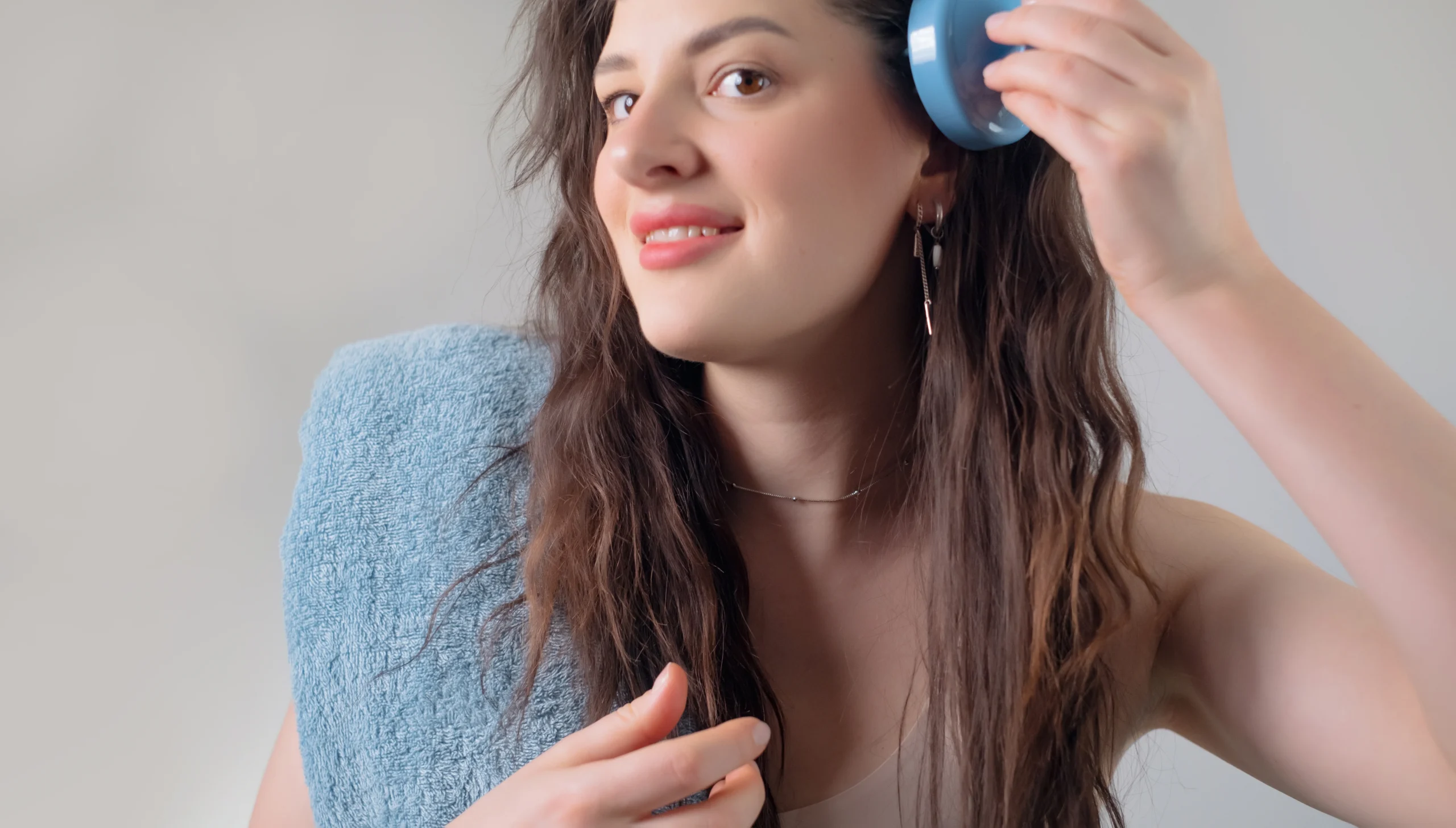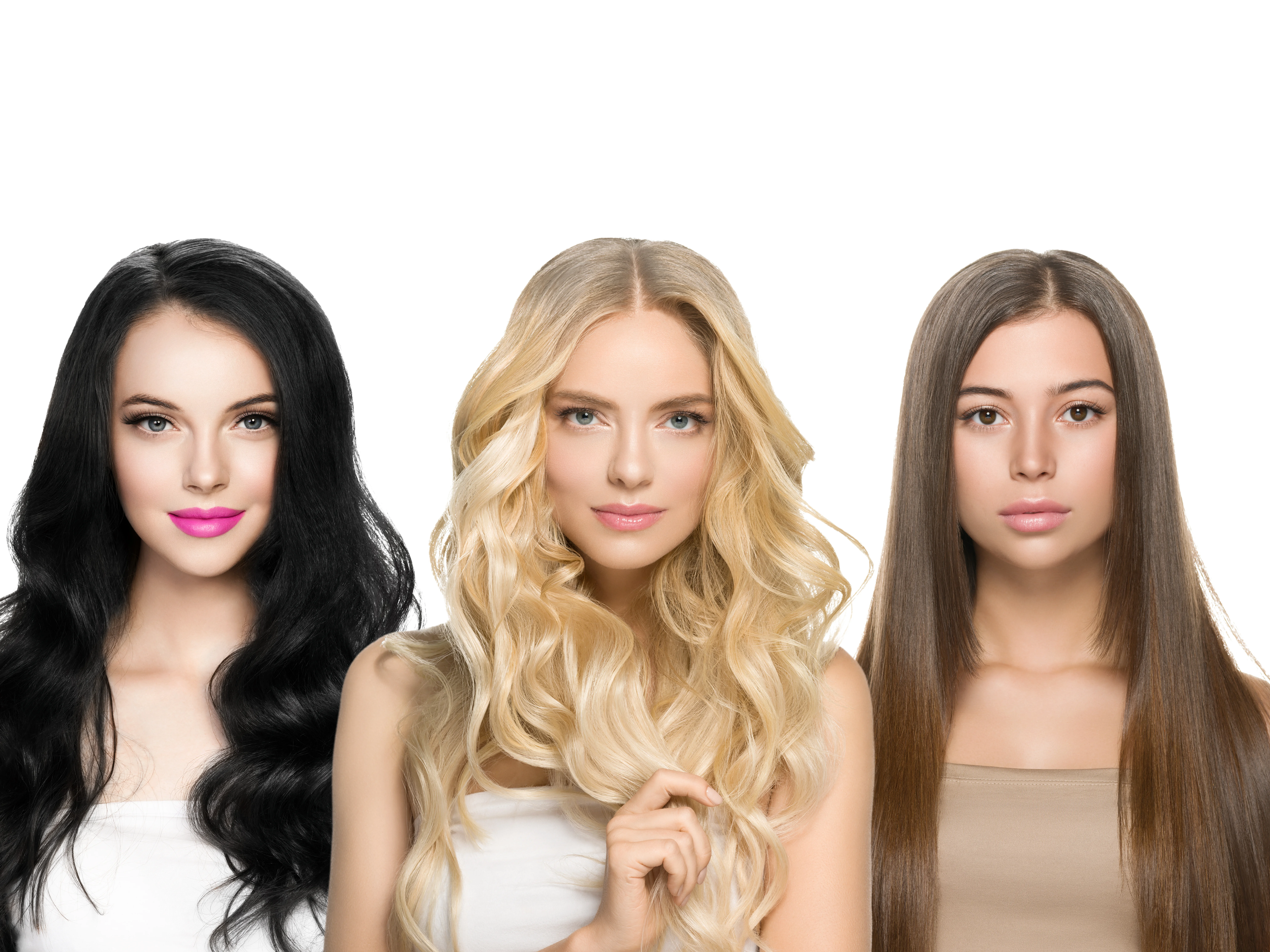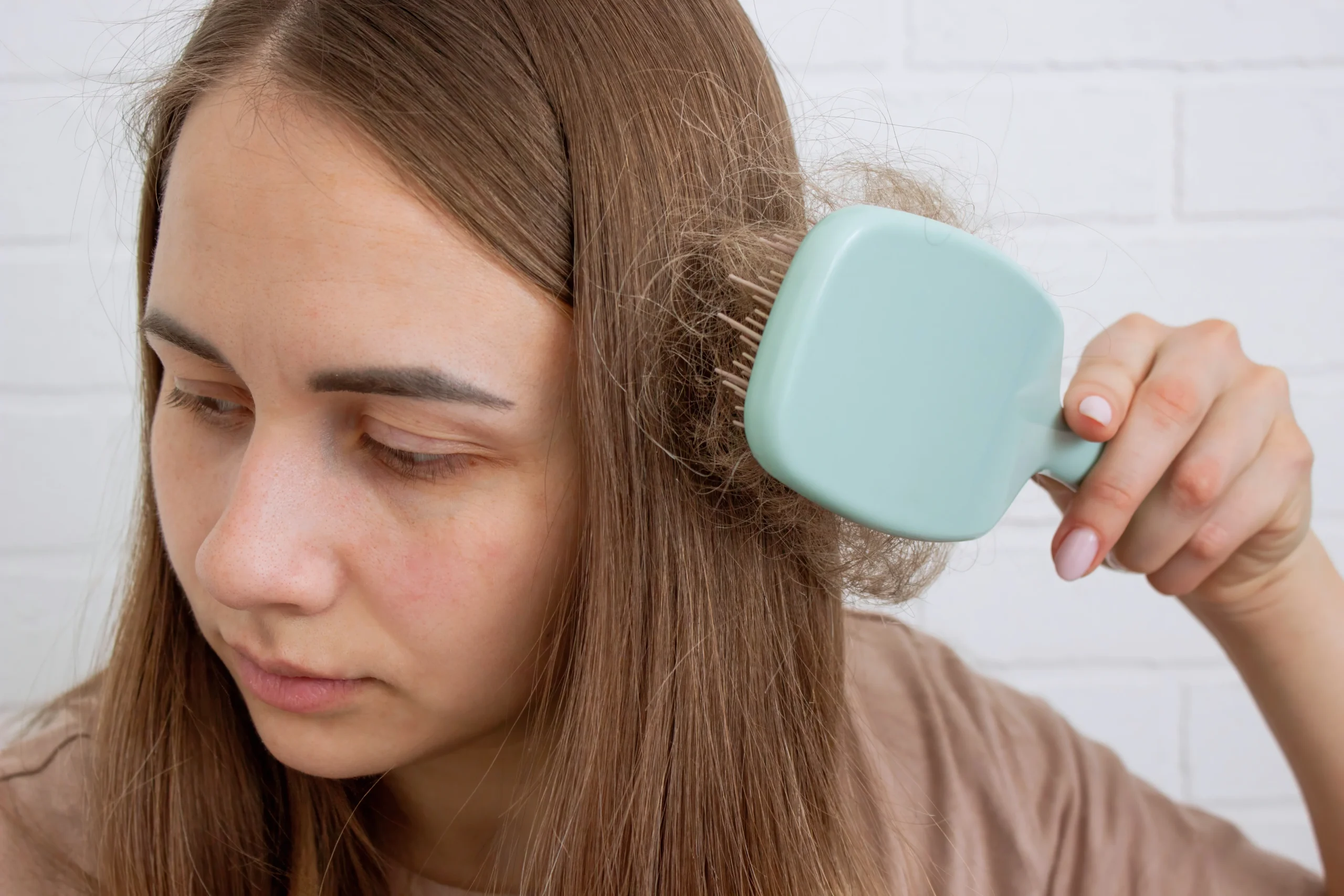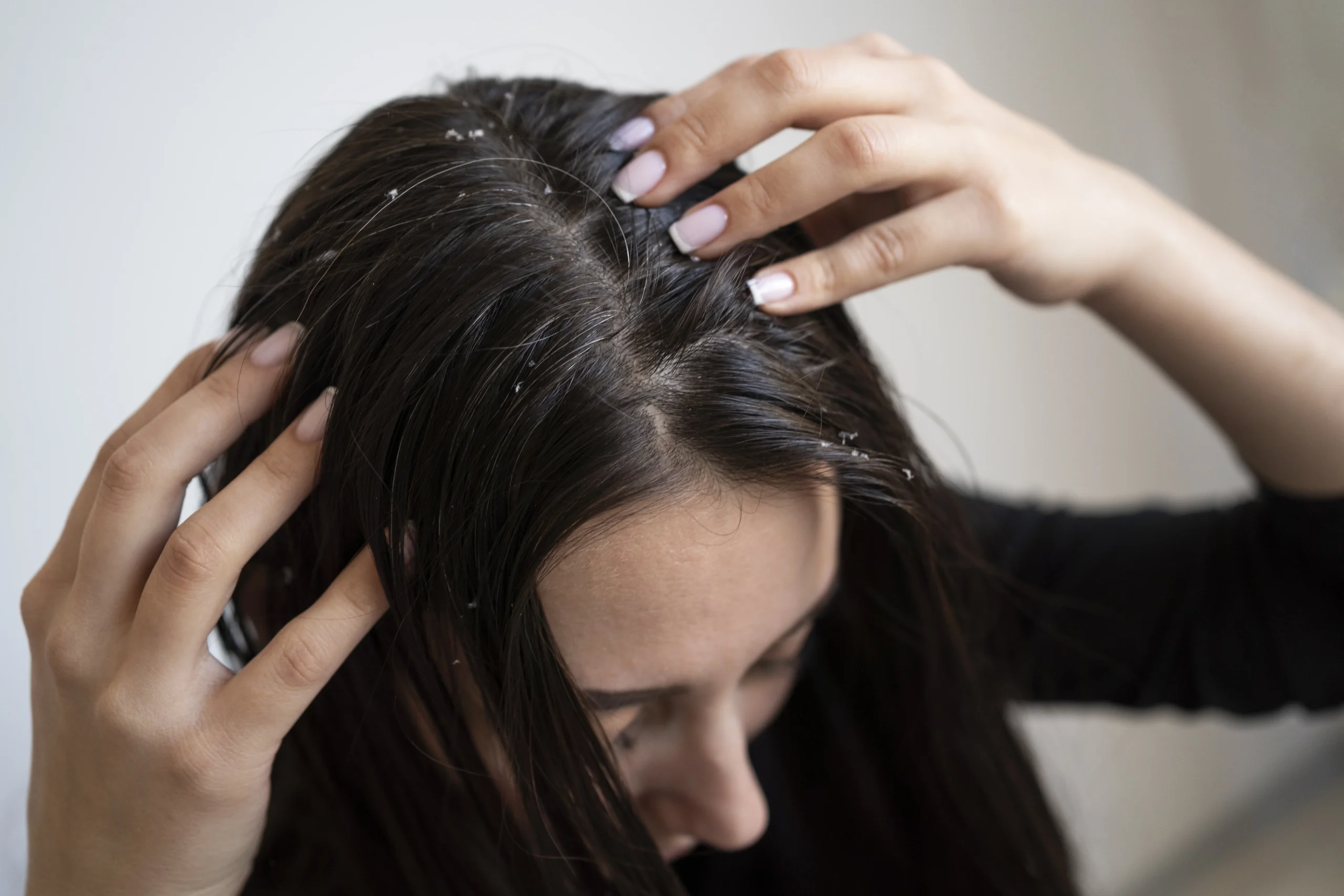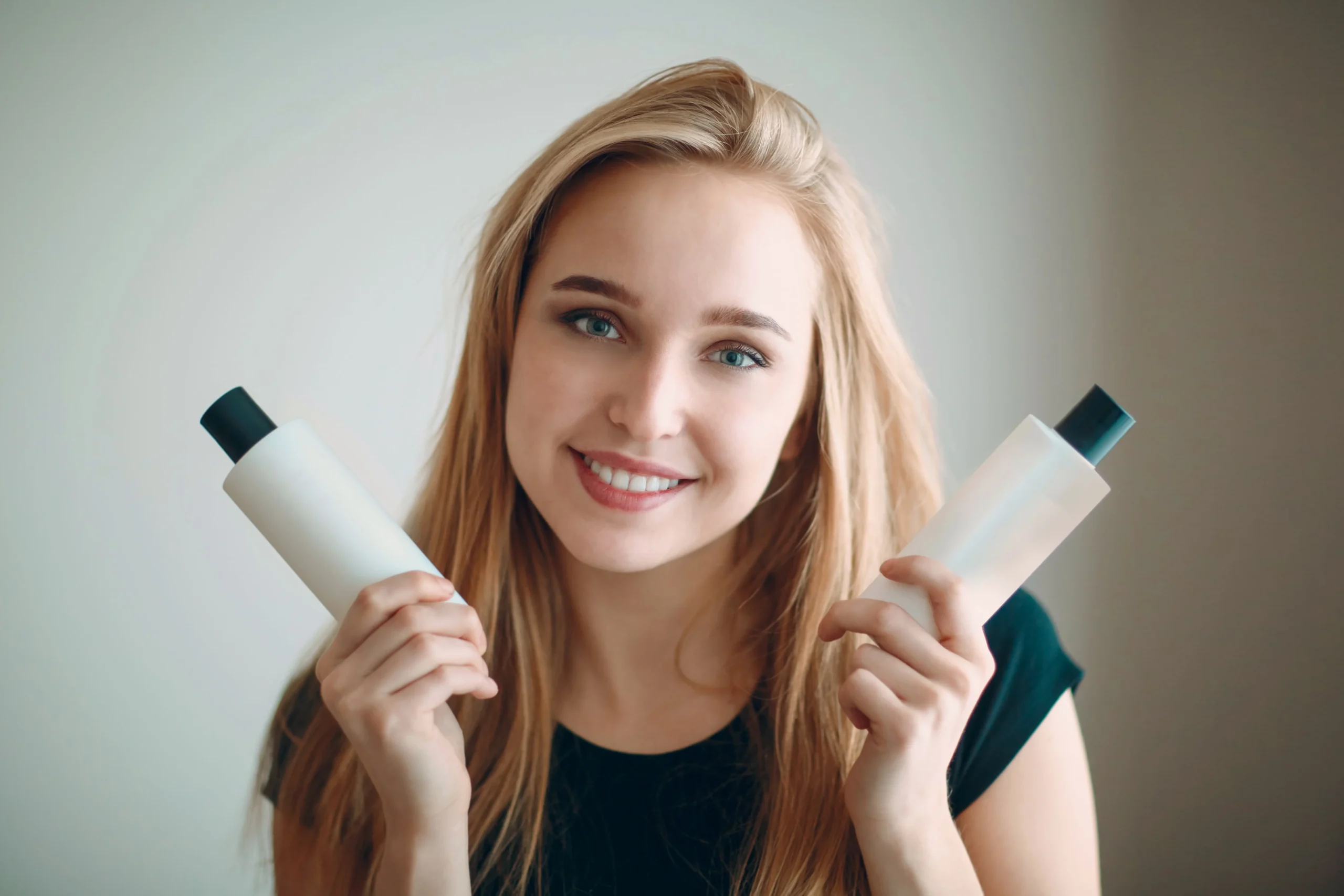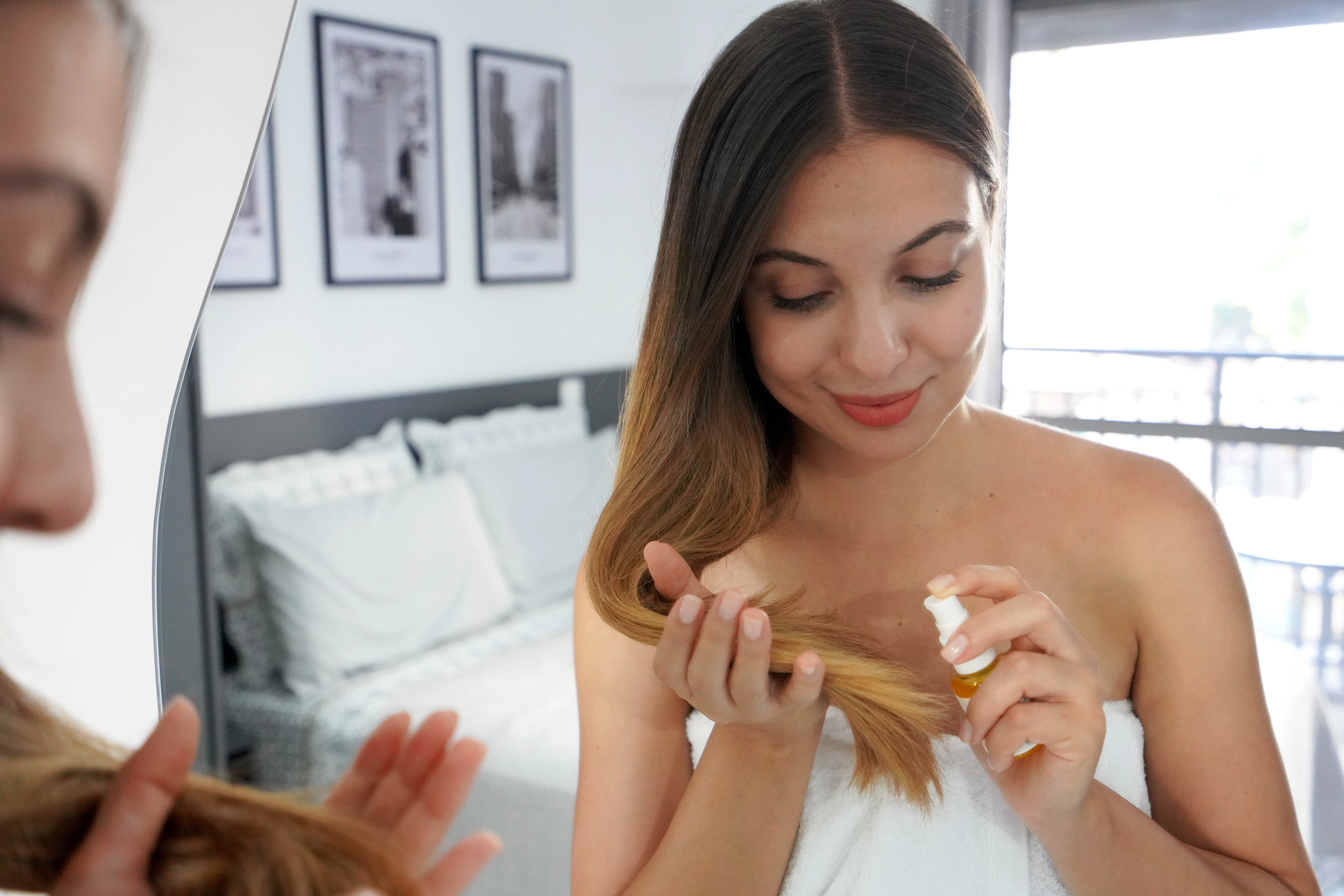How To Care For Your Natural Hair: A Journey Of Confidence And Strength
Learning how to care for your natural hair isn’t just about styling; it’s about embracing your true beauty and nurturing the health of your hair from root to tip. Natural hair tells a unique story of existence, strength, and self-love. It’s full of volume, shine, and resilience when cared for properly.
However, to care for natural hair, it’s essential to understand its structure and needs. Whether your curls are loose and bouncy or thick and tightly coiled, maintaining the right balance of moisture, protein, and protection will help you achieve strong, shiny, and healthy hair every day.
Understanding Your Natural Hair
Hair Texture Types
Knowing your hair texture type before caring for your natural hair is essential. Natural hair types are generally categorized as 3A to 4C – each type has a different curl pattern, volume, and moisture-absorbing ability.
Type 3A hair has loose curls, type 3B has tighter, springier curls, and type 3C has smaller, corkscrew-shaped curls. In the case of type 4, 4A hair has defined but soft curls, 4B hair has a “Z” pattern, and 4C hair is tightly coiled with little definition. Knowing your curl type will help you choose the right products and care regimen that will work best for your hair.
Porosity And Density Explained
Porosity determines how easily hair can absorb and retain moisture. Low-porosity hair generally does not want to absorb water or humidity, while high-porosity hair quickly loses moisture.
Conversely, density refers to the number of hairs per square inch of your hand. Understanding both porosity and density can help you determine your hair care routine. For example, you can use a light cream for low-porosity hair and a thicker butter or oil for high-porosity hair.

The Basics Of Natural Hair Care
Cleansing Hair, But Not Removing Natural Oils
A solid foundation for natural hair care starts with cleansing. But overly harsh shampoos can strip your hair of its natural oils, which protect and moisturize curls. Instead, opt for a sulfate-free shampoo or cleanser, which removes dirt while balancing the scalp. Another good option is “co-washing,” where you wash your hair with conditioner. This helps lock in moisture, especially for thick, dry curl types.
Proper Shampooing Routine
Regularity is key when it comes to natural hair care. Depending on how much oil your scalp produces or how active you are, you should wash your hair once a week or every other week. When choosing a shampoo, look for natural nourishment ingredients, such as aloe vera, coconut oil, or shea butter. While shampooing, gently massage your scalp with your fingertips (not your nails), which increases blood circulation, strengthens hair roots, and helps prevent breakage.
Deep Conditioning For Hair Nourishment
Weekly Treatment
Deep conditioning is the centerpiece of every natural hair care routine. It restores moisture to the hair, improves elasticity, and strengthens the hair shaft. Apply a thick conditioner once a week to nourish your curls deeply. After applying conditioner, cover your hair with a plastic cap to trap heat. This helps the ingredients penetrate deep into the hair. Leave it on for 20-30 minutes and irrigate thoroughly.
Homemade Masks For Natural Hair
Homemade treatments or masks can be very effective for curls. Mix avocado, honey, and olive oil to make a protein- and moisture-rich mask. Try a banana and coconut milk mask for dry hair, which will make your hair soft and shiny. A mixture of aloe vera and castor oil helps promote hair growth. These all-natural ingredients provide the hair with the necessary nutrients without the damaging effects of chemicals.
Loc And Lco Methods
Maintaining moisture is essential in natural hair care. Without enough moisture, hair becomes brittle, dull, and breaks easily. LOC (Liquid, Oil, Cream) and LCO (Liquid, cream, Oil) are the most effective ways to retain moisture in hair.
Start with a water-based leave-in conditioner, which adds initial moisture to your hair. Then, seal it in moisture using a sealing oil like jojoba or argan oil. Finally, apply a creamy moisturizer or butter, which smoothes the cuticle and reduces frizz.
Try both methods, whichever works best for your hair type. Some people find that using a cream first gives them softer curls, while others find that using an oil first gives better results.
The Role Of Water In Hair Health
Many people forget that water is the best moisturizer. A light spritz of water on your hair daily will keep your curls fresh and activate any styling products you’ve used. Water also increases the elasticity of your hair, reducing breakage during styling. Using a humidifier in dry climates is also very effective, as it adds moisture to the air and hydrates your hair from the inside out. Remember, your hair needs moisture just as much as your skin – so never skip a “hydration day.”
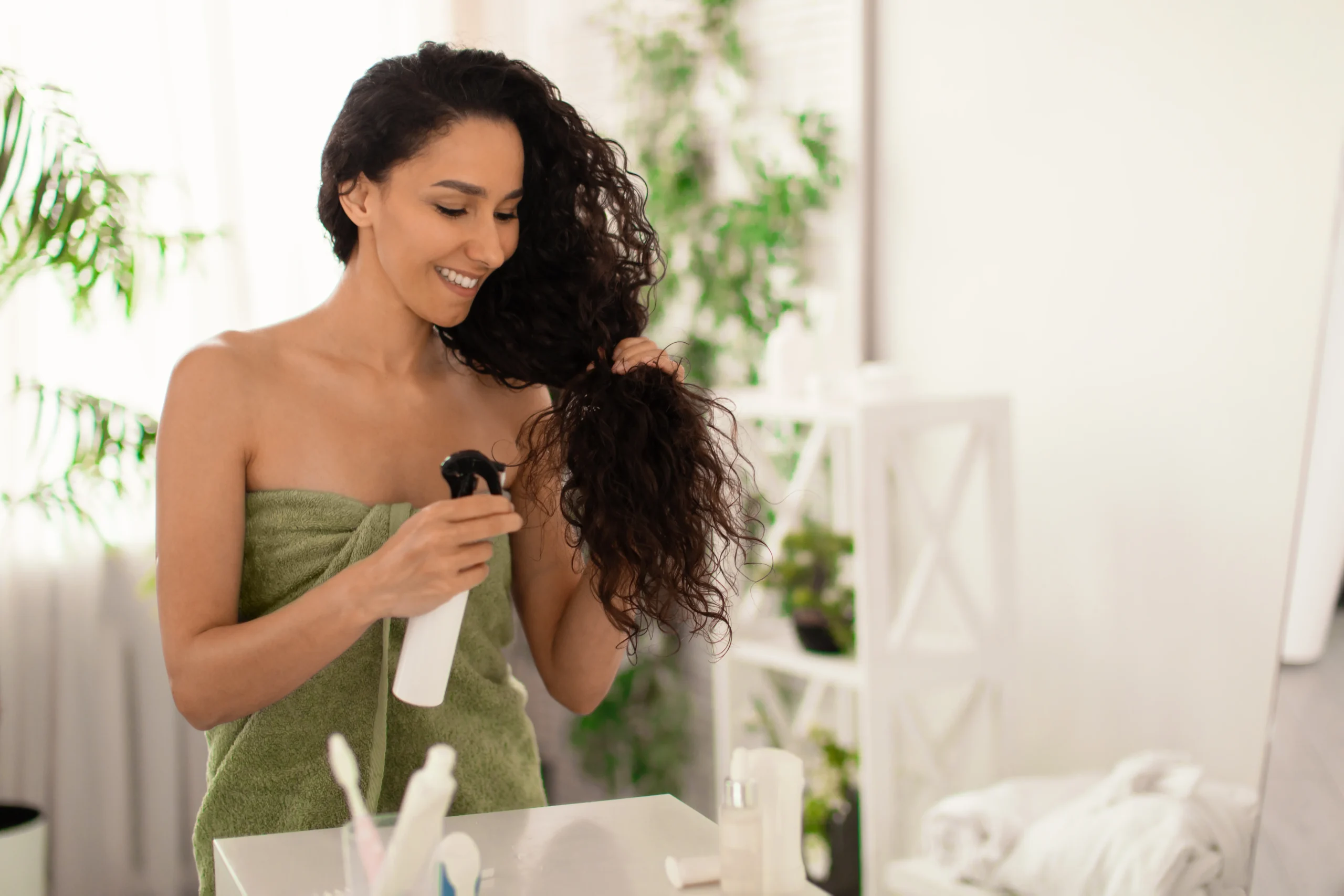
Detangle Hair Without Damage
Soft And Patient Approach
Detangling is a sensitive step when caring for natural hair. Always detangle wet or conditioned hair —this reduces friction and breakage. Always begin at the ends and work your route up. Use your fingers or a wide-tooth comb to section your hair into small sections. Apply a detangling conditioner or sleepy leave-in to each section to help detangle. Be patient; gentle detangling reduces hair loss and maintains the shape of your natural curls.
The Right Hair Protection Tools
The tools you use play a significant role in determining the health of your hair. Please don’t use a fine-tooth comb or a stiff brush; they can pull and break your hair. You can also gently split the circles with your fingers. “Finger detangling” is the best method for thick and tight curls because it allows you to feel the tangles and gently untangle them without applying pressure.
Protective Styling
Benefits Of Protective Style
Protective styling plays a key role in long-term natural hair care. Styles like twists, braids, buns, or wigs reduce friction, prevent breakage, and speed up growth. Protective styles protect the ends of your hair (the oldest and most fragile part) from friction, weather, and over-styling damage. When done correctly, these styles help your scalp rest and promote healthy hair growth.
Mistakes To Avoid
Although protective styling is very beneficial, it can be damaging if done incorrectly. Never overtighten braids or twists, as this can lead to traction alopecia or a thinning hairline. Keep your scalp clean and moisturized while in style, and never leave a protective style in place for more than 6-8 weeks. When removing your style, use oils and conditioners to soften buildup and reduce breakage.

Nutrition And Scalp Health
The Suited Diet For Hair Growth
Healthy hair care starts from the inside. Your diet directly impacts your hair’s strength, shine, and growth rate. Foods rich in vitamins, minerals, and protein strengthen keratin, the main structural component of hair. Include foods rich in biotin, vitamin E, omega-3 fatty acids, and zinc, such as salmon, eggs, avocado, and nuts, in your diet. Drinking enough water is equally essential, as it keeps the scalp moisturized and improves the functioning of hair follicles.
Scalp Massage And Stimulation
A gentle scalp massage daily can do wonders for natural hair growth and vitality. Massage in a circular motion with your fingertips or a soft scalp brush—this increases blood circulation and helps nutrients reach the bases of your hair. The results are even better when you use oils like peppermint, rosemary, or castor oil. This small but effective habit promotes hair growth, reduces tension, and improves scalp health.
Nighttime Hair Care Routine
Silk And Satin Secrets
Although nighttime care is often overlooked, it is essential for natural hair care. Cotton pillowcases absorb moisture and cause friction, leading to breakage and frizz. To avoid this problem, wear a silk or satin pillowcase or a silk bonnet or scarf before bed. These materials will lock in moisture and prevent tangles. Also, “pineappleing” – gently wrapping your hair on top of your head – will help keep your curls in shape overnight.
Daily Refreshing Tips
Your hair can lose its natural bounce or definition between wash days. A light refresh every day keeps hair alive and moisturized. Mix water and leave-in conditioner in a spray bottle and lightly spray on hair, then scrunch gently with your hands. You can apply a little oil or serum to the ends of your hair for extra shine. However, avoid using too much product; follow the “less is more” principle to keep hair light and soft.
Common Natural Hair Challenges
Frizz, Breakage & Shrinkage
Frizz, breakage, and shrinkage are common problems in natural hair care. To reduce frizz, keep your hair well-hydrated and well-sealed with natural oils. Avoid using excessive heat tools, which damage the hair’s cuticle layer and cause flyaways. Shrinkage (shrinkage in the length of the hair) is entirely normal, but it can be controlled with stretching techniques like braid-outs or twist-outs. However, consider shrinkage a sign of healthy hair; it means your curls are strong and elastic.
Product Buildup And Scalp Care
Over time, hair products can build up on your scalp, clogging pores and hindering growth. To remove this buildup, use a clarifying shampoo or apple cider vinegar rinse once a month. They cleanse your scalp, restore its natural balance, and refresh your curls. Follow up with a deep conditioner to help your hair regain moisture after cleansing.
Discover More Articles On Makeup And Beauty Here
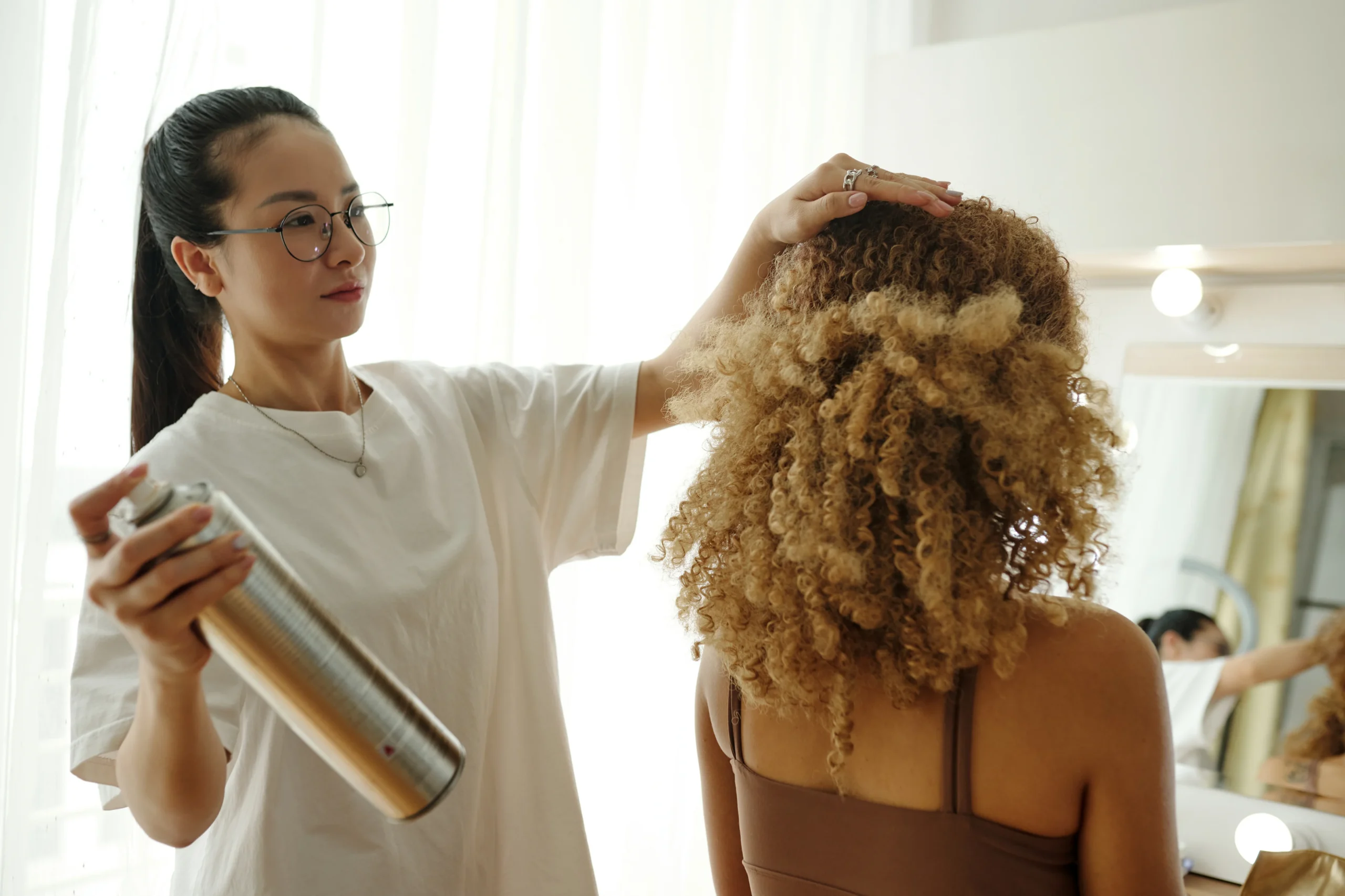
Final Thoughts On How To Care For Your Natural Hair
Learning to care for your natural hair is a journey of patience, love, and consistency. Natural hair grows beautifully only when given the right amount of moisture, protection, and nourishment. Understanding your hair texture, using products made with gentle ingredients, maintaining a balanced diet, and adopting protective styles can all make your curls stronger and more beautiful daily.
True beauty is embracing your naturalness—texture, pattern, and story. Giving your hair the care it deserves gives it the shine, strength, and confidence it deserves, which shines through in every curl and coil.


